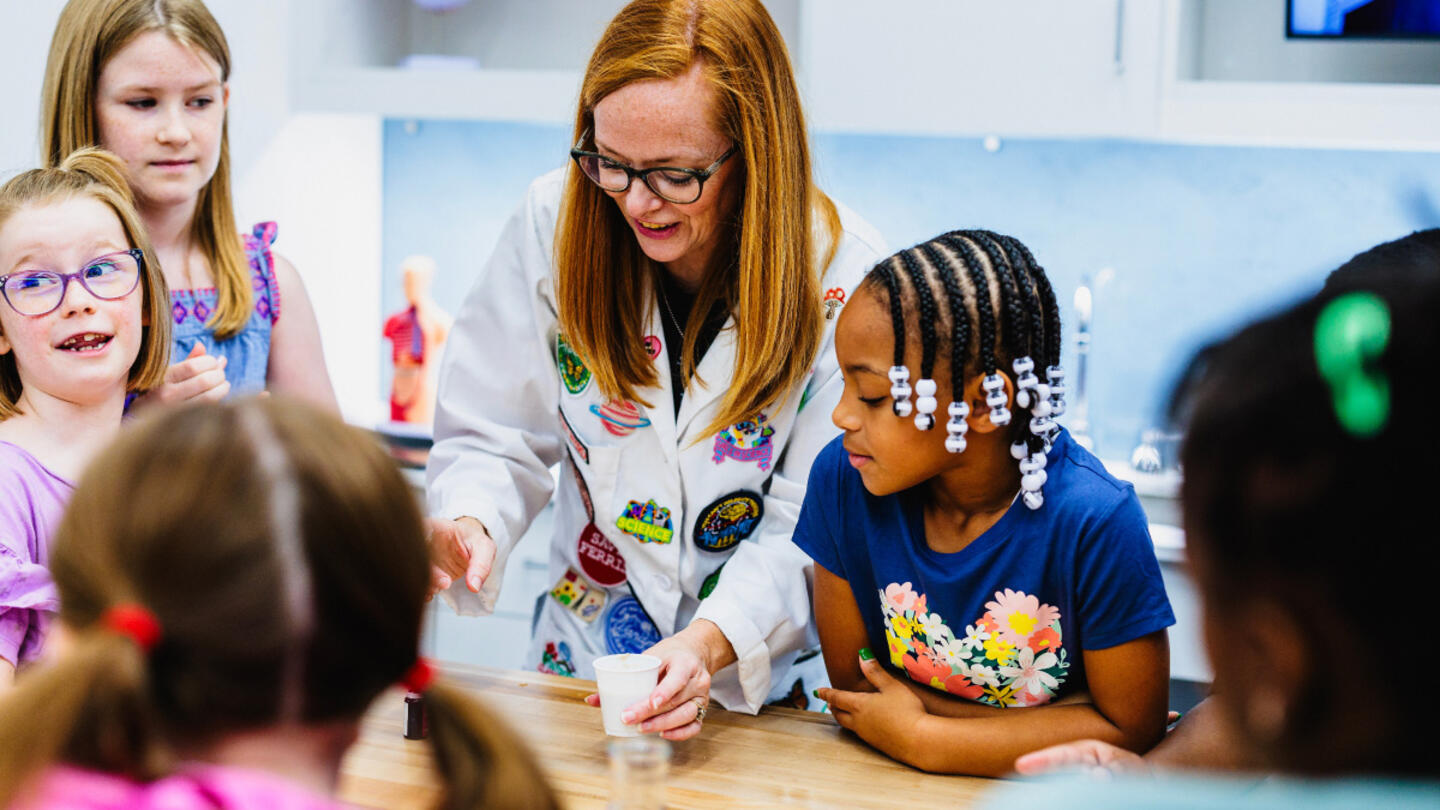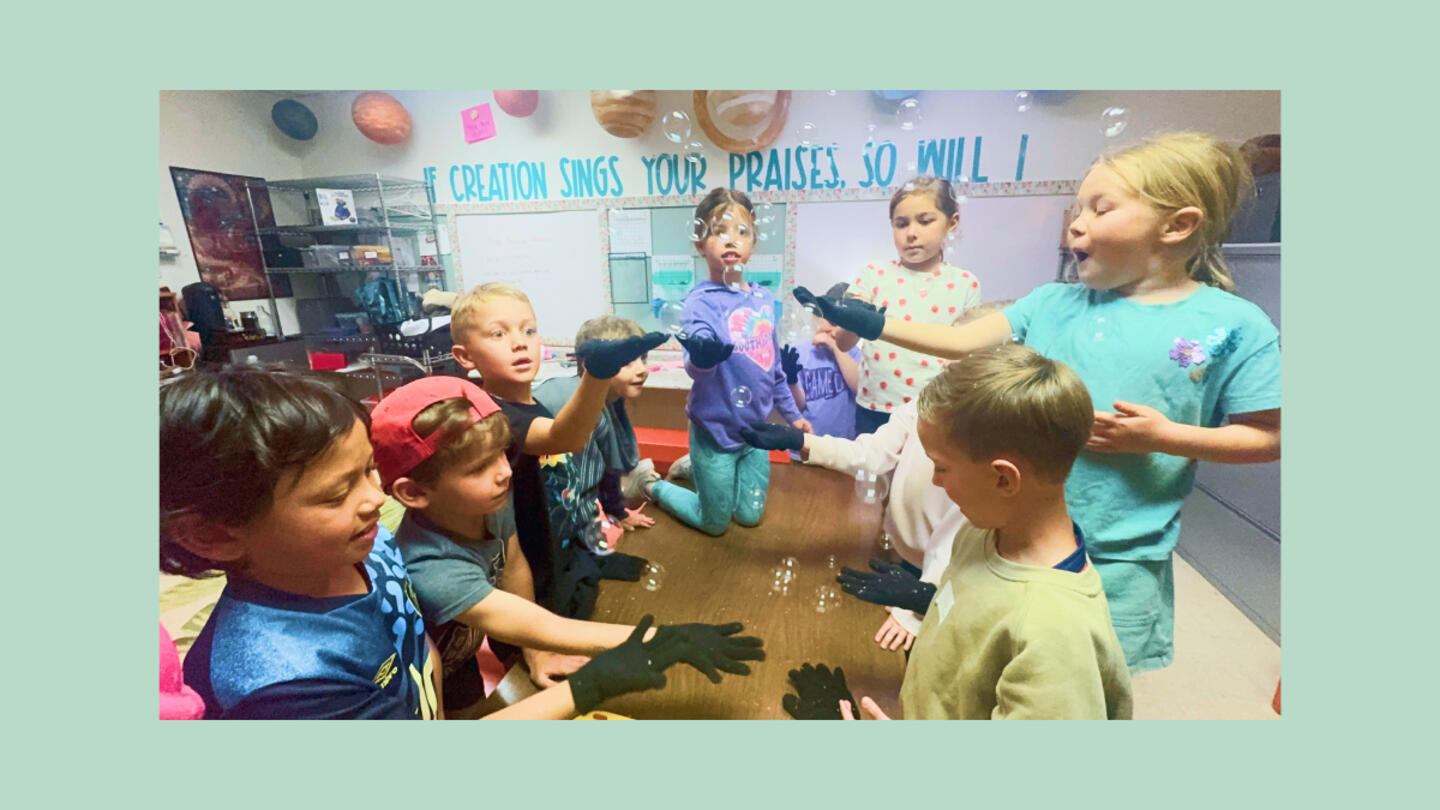For many, "open enrollment" is a phrase that refers to employee benefits. But for parents and students in Indianapolis, it means something much more meaningful. Here, parents and teachers are able to pick the right school for their child's unique abilities. And it's not stopping in Indiana.
Indianapolis is one of few cities in the United States where parents and children have school choice, and it has created a landscape of educational pluralism, which is founded on the belief that one size doesn't fit all in education. With more than 30,000 students — all with diverse learning styles, family and cultural backgrounds, educational interests, and career aspirations — it's no surprise that the neighborhood school isn't always the best fit.
Families are free to choose between schools offering multiple educational models, including dual language, exploratory, high ability, Montessori, Reggio Emilia, STEM, and visual and performing arts. If a family is looking for an educational model not offered in the public schools, they can apply for financial support to choose a private school that better fits their needs.
This environment is having a positive impact already. According to The R Street Institute's Public Policy and Civil Society Series, parents having more choices has "improved student attainment, encouraged parental engagement in civic activity, fostered the growth of nonprofits in the city, inspired city leaders to serve on civic boards, and led businesses to engage more fully in schools." The entire community is reaping the benefits.
Changemakers have been developing an array of educational models across the country. These organizations offer students opportunities to choose how and what they learn. Here are a few:
One Stone Academy: A high school run by students
One Stone Academy in Boise, Idaho, is a collaboration between students and educators that prioritizes personal growth and introspection just as much as traditional subject matters.
What sets it apart is its student-driven curriculum and leadership model. It serves as an example of education that is more engaging, relevant, and empowering for students.
Speaking of his experience working in traditional school settings, Chad Carlson, director of research and design at One Stone, says, "After 15 or 20 years of teaching, I started to realize that students were becoming more and more disengaged, no matter what we were doing or how interesting I thought it was. They come out of the K-12 experience not really knowing who they are, and not really knowing the 'why' behind their next steps."
One Stone flipped this paradigm. Students at the academy are not passive recipients of knowledge, but active co-creators of their educational experience. There are no teachers, just coaches to provide discussion and guidance. Students decide their curriculum, their learning style, and design their own projects based on personal interests (music, photography, design, whatever they are passionate about). The academy empowers students to take charge of their learning, cultivating independence and self-confidence.
As part of its non-traditional approach to education, students are provided with opportunities to take on leadership roles within the school, enabling them to develop crucial skills, such as teamwork, communication, and problem-solving.
Bloom Academy: Mirroring real-world learning
Bloom Academy, a school in Las Vegas, has at its core the belief that children are natural learners who can flourish by observing and engaging with the world around them. Unlike standardized schools that emphasize system-wide curriculums, test-taking, and rote memorization, Bloom Academy's approach mirrors how individuals learn in the real world.
Students learn and grow like people do in real life: by setting goals and figuring out how to achieve them.
At Bloom Academy, there is no mandatory curriculum, no homework, no standardized testing, and no traditional grading system. Students ages 5 to 14 are encouraged to explore their interests, set goals, and figure out how to achieve them. The focus is on individualized learning, personal growth, and real-world skill development.
The school emphasizes not just academic achievement, but also the development of vital life skills and lifelong learning.
Co-founder Sarah Tavernetti says of students, "They will learn what they need to [learn] when it's relevant to them, when it's important to them."
Outschool: Virtual learning that actually works
Outschool, an online learning platform, offers more than 100,000 classes for students to explore. Subjects range from arts and sciences to coding, languages, literature, and life skills. Parents and students customize learning experiences to their unique needs and interests.
Classes are live. Students participate in real-time, small-group settings, allowing them to interact with both instructors and peers. Teachers are free to design their classes in ways that work for them, from class size to content and format. This dynamic approach keeps the learning personal and engaging for both the student and the teacher.
Outschool has been around since 2015, but the pandemic drove the need for in-person online classes. Parents and students discovered what they've been missing.
"There's still this fundamental underlying challenge, which existed before the pandemic and is worse now, which is, do I believe that my kid is getting what they need in their education to lead a happy and successful life? More and more parents feel that they need something else," says CEO Amir Nathoo.
Let Grow: Restoring childhood independence
Let Grow works with the belief that children who are independent become adults with resilience.
To counter the prevailing culture of overprotectiveness, the nonprofit's mission is rooted in the belief that children should have the opportunity to engage in independent activities, explore, develop problem-solving skills, and take reasonable risks — like trick-or-treating on their own, riding their bike to school unsupervised, or playing at a park without their parent right next to them.
Let Grow offers a free program for parents and educators that guides children in exploring their unique interests independently. The organization says excessive fear and overprotection hinder children's growth, contributing to rising rates of anxiety and depression. The program equips parents and teachers with activities and discussion points to encourage independence and self-reliance in children.
Co-founder Lenore Skenazy says, "Let Grow is trying to make it easy, normal, and legal to give kids the independence they need to grow up into happy, confident, and well-adjusted adults."
Children receive assignments to explore their interests and expand their abilities independently. The activities are of their own devising. They may include mowing the lawn, starting a club, cooking a new recipe, or babysitting a family member.
Let Grow is looking to expand its presence in schools, offering a curriculum that promotes exploration, resilience, and a sense of trust between parents and children. It seeks to empower children to navigate the world with confidence and self-reliance.
Looking toward the future of educational pluralism
The choices parents have in Indianapolis schools may be rare, but new options for parents to choose how and what their children learn are the future of K-12 education.
There are as many options for better educational models as there are changemakers willing to jump in and address the issues.
As Skenazy, a champion of childhood independent learning, puts it: "To realize that your kid is this growing, blossoming independent person is what changes the parent. There's nothing that makes a parent happier than finding out that their kid is doing well in the world without them there."
The Stand Together community partners with changemakers who are tackling the root causes of America's biggest problems.
Learn more about Stand Together's education efforts, and explore ways you can partner with us.



